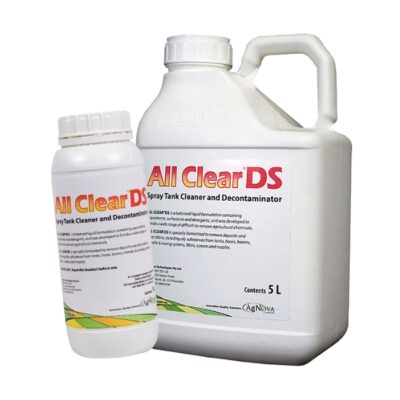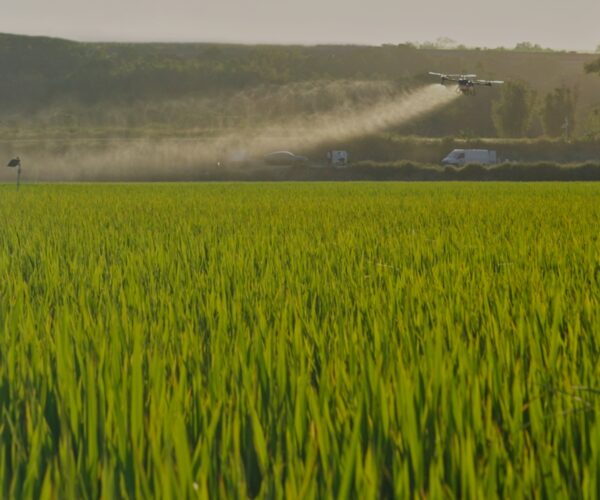One of the main questions we get asked is “what is the swath width on my drone?”
The simple answer is “we don’t know!”
This article aims to explore and explain some of the many factors that affect spray swath and how we can maintain effective coverage.
Introduction
The agricultural sector is continually evolving, with technological advancements driving increased efficiency and precision in various practices. One such innovation is the use of aerial drones for chemical application. Drones offer a range of benefits including reduced labour costs, increased application speed, and the ability to access hard-to-reach areas. They enable farmers to apply pesticides, herbicides, and fertilisers with unprecedented precision, ensuring that crops receive the necessary treatments while minimising waste and environmental impact.
There is a legal obligation for all unmanned aerial operators involved in the application of chemicals to adhere to industry best management practices about minimising spray drift.
A crucial aspect of effective aerial drone chemical application is the maintenance of the spray swath. The spray swath refers to the width of the area covered by the drone’s nozzles during application. Ensuring a consistent and accurate spray swath is essential for several reasons:
There are two primary systems used for maintaining the spray swath in aerial drone applications: the TeeJet nozzle system and the Controlled Droplet Application (CDA) system.
This system uses a variety of nozzle types to produce specific spray patterns and droplet sizes. It offers flexibility and can be adjusted to suit different application needs, making it a popular choice among farmers.
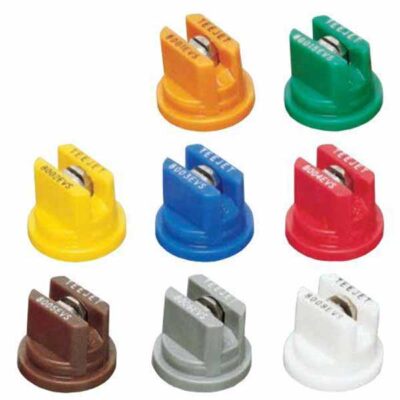
The Controlled Droplet Application (CDA) system employs rotary atomisers to produce uniform droplet sizes. This system is highly effective in reducing drift and ensuring precise application, particularly in variable weather conditions.
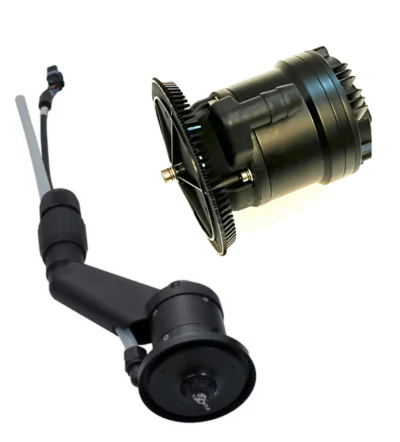
Both systems have their advantages and are chosen based on specific application requirements, but the core principle remains the same: maintaining a consistent and accurate spray swath is essential for effective, efficient, and environmentally responsible chemical application in agriculture.
Parameters for Maintaining Spray Swath Integrity
Maintaining the integrity of the spray swath in RPA (Remotely Piloted Aircraft) chemical applications is critical for achieving uniform coverage, minimising drift, and ensuring resource efficiency. Here are the key parameters to consider:
By meticulously managing these parameters, operators can ensure the integrity of the spray swath, leading to effective and efficient chemical application in agricultural practices.
Factors Affecting Spray Swath Integrity and Poor Performance Indicators
Maintaining spray swath integrity is essential for achieving precise and efficient chemical application using RPAs. Several factors can influence the integrity of the spray swath, and recognising poor performance indicators is crucial for timely adjustments and maintenance. Here’s an outline of the factors and indicators:
Factors Affecting Spray Swath Integrity
Poor Performance Indicators
By closely monitoring these factors and indicators, RPA operators can maintain the integrity of the spray swath, ensuring effective and precise chemical application in agricultural operations.
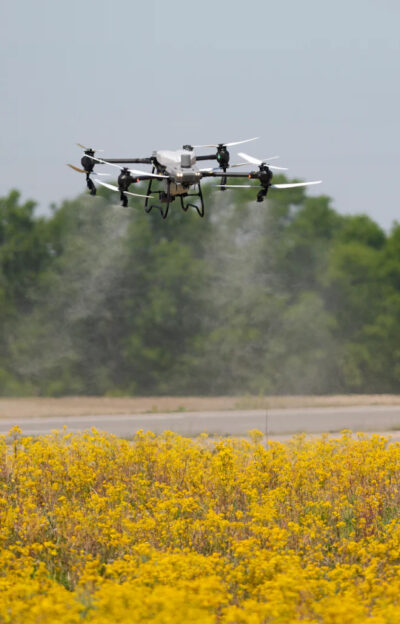 Aircraft Spray System Design and its Impact on Spray Swath Performance
Aircraft Spray System Design and its Impact on Spray Swath Performance
The design of an aircraft spray system is crucial for achieving efficient spray swath performance. Inefficiencies and poor performance in the spray system are often attributed to the placement of nozzles in relation to the rotor head system and the resulting downforce.
Importance of Nozzle Placement
The positioning of nozzles relative to the rotor head system plays a significant role in the effectiveness of the spray swath. Proper placement ensures that the spray is evenly distributed and reaches the target area without significant drift or loss.
Impact of Rotor Head System and Downforce
The downforce generated by the rotor head system influences the behaviour of the sprayed droplets. Optimal nozzle placement considers the downforce to maintain a consistent and accurate spray pattern.
Terrain Following/Collision Avoidance Functionality
Most automated/manual flight systems are equipped with active radar/laser guided terrain following and collision avoidance systems for all terrain types. Sudden attitudinal shifts in the aircraft flight path, altitude and direction change of the flight path will impact the spray system distribution.
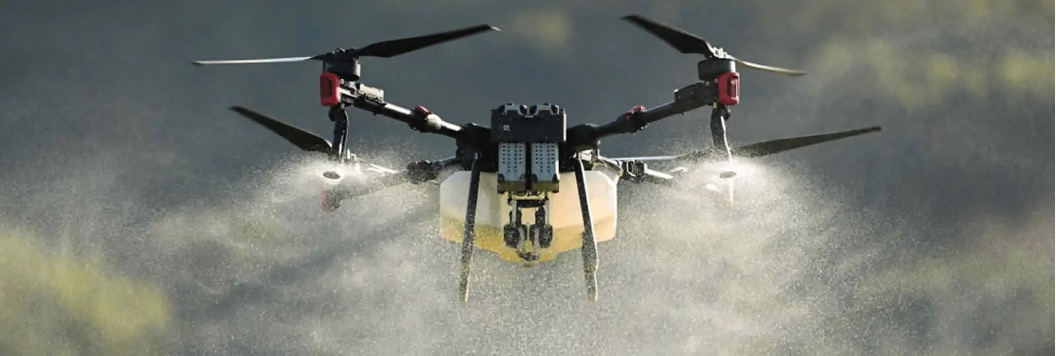
Example of Poor System Design
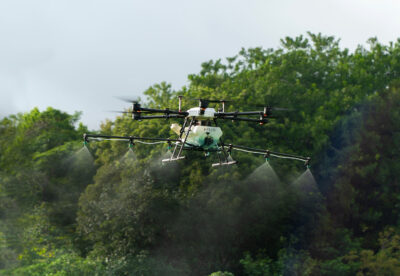
Poor boom design on a homemade drone
Nozzles outside the rotor head system
When nozzles are positioned outside of the rotor head system, the spray is likely to be drawn into the vortices produced by the blade tips. These vortices can cause the spray to become turbulent, leading to uneven distribution and potential drift away from the target area.
By understanding and addressing these design considerations, the efficiency and effectiveness of the aircraft spray system can be significantly improved, ensuring better performance and more accurate chemical application.
Explanation of Flight Systems and Their Impact on Spray System Distribution
Most automated and manual flight systems are equipped with active radar or laser-guided terrain-following and collision-avoidance systems, designed to handle various terrain types. However, sudden changes in the aircraft’s attitude, altitude, and flight path direction can significantly impact the distribution of the spray system performance.
Key considerations:
By considering these factors and making necessary adjustments, the performance of the spray system can be optimised, resulting in more precise and effective chemical application.
Let’s Get Started
Don’t trust your future to anyone else. FPV Australia have you covered. Contact us NOW!

